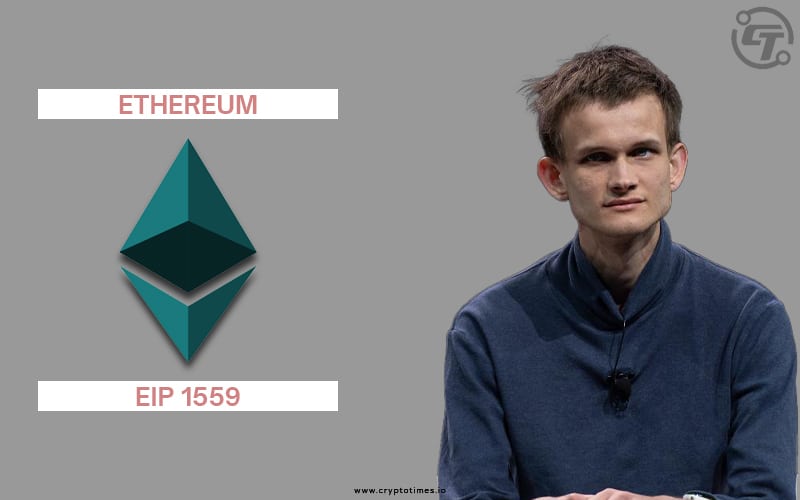The most significant change to the Ethereum blockchain since 2015 went into effect Thursday. The upgrade shows the network is well-poised to make an even bigger upgrade to reduce its energy use by 99%, according to its inventor Vitalik Buterin.
“1559 is definitely the most important part of London,” Buterin said in an interview with Bloomberg News from Singapore. The London upgrade is “proof that the Ethereum ecosystem is able to make significant changes.”
The upgrade includes a fee reduction feature called EIP 1559. The fee-cut already eliminated $2 million worth of Ethereum in the few hours since taking effect, according to ultrasound.money. That could put upward pressure on the price of Ether going forward.
Another important change Thursday is that the block size on Ethereum is now variable. This means that users had to wait to process their transactions when there was high network demand. Blocks can now grow or shrink to match the number of incoming transactions.
The change Thursday will also put Ethereum on a closer path to how Bitcoin operates. Unlike Ether, Bitcoin has had since its start in 2009 a fixed supply of 21 million coins. That difference has led critics of Ethereum to say it shouldn’t be viewed as a similar digital currency like Bitcoin.
Vitalik Buterin on The New Ethereum Upgrade
“There wasn’t really the possibility of making very strong, long-term commitments to the monetary policy,” he said of his original vision. Then in 2018, he attended an economics and computation conference at Cornell University where they discussed the inefficiency of first-price auctions. That’s an auction where the highest bidder wins, and how Ethereum and Bitcoin have structured their fee markets. Ethereum is now off of that system because of EIP 1559.
“Now it gets much easier to send a transaction that will get included in the next block and that’s very important to user experience,” Buterin said.
Also Read: Ethereum’s London Hard Fork will Launch in August
ETH 2.0
Ethereum and Bitcoin operate using a proof-of-work system (POS). The POS requires a global network of computers running around the clock. Software developers at Ethereum have been working for years to transition the blockchain from POW to POS system. This system uses a totally different approach to secure the network that also eliminates the carbon emissions issue. The change to ETH 2.0 will be carried out in a process called the merge. It is expected by early 2022 but could come as early as year-end, Buterin said.
Buterin initially had a cap on the amount of Ether that could be created in his 2013 white paper that described the creation of Ethereum. There was room for changes, however, and the idea of moving to proof of stake was always the plan. Proof of stake would eventually change the economics of Ether, Buterin said.







